Affiliate links on Android Authority may earn us a commission. Learn more.
Will the OnePlus 8 series finally live up to the 'Never Settle' mantra?
Published onMarch 22, 2020
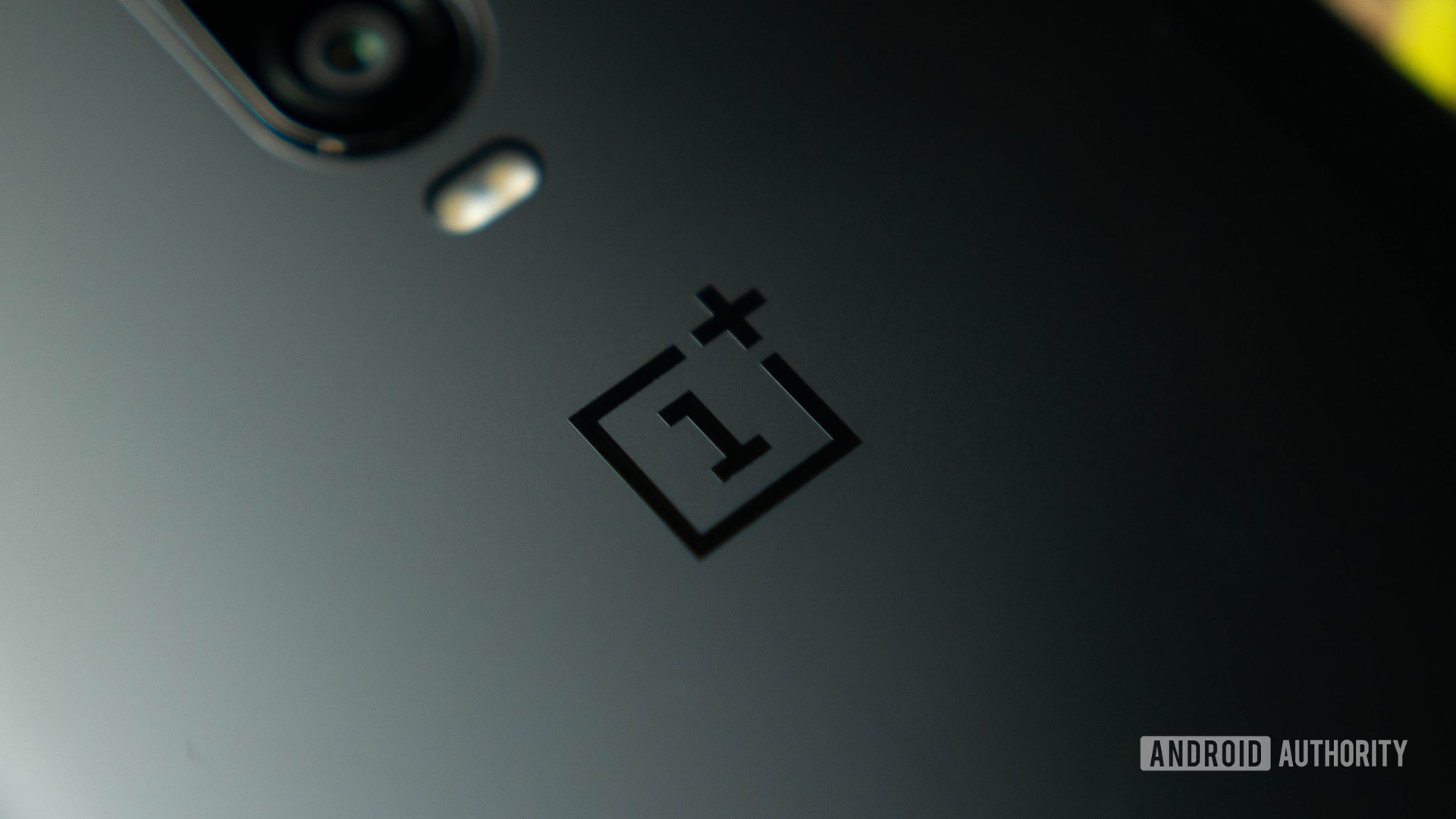
When OnePlus launched its first phone in 2014 — the OnePlus One — it was a hugely impressive product for its time. The original “flagship killer” not only managed to draw attention in one of the best ever years for Android smartphones, but it also branded the company’s “Never Settle” philosophy in the minds of its users. It reminded people that they shouldn’t have to settle for lesser quality for the sake of price.
The OnePlus 2 and OnePlus X further cemented the Shenzhen company as the go-to brand for excellent phones, kitted out with cutting-edge tech that you didn’t have to pay through your nose for. OnePlus also had the swag factor going for it. The red charging cables, the textured back covers, the design of the plugs, the exclusive invite system, it all played into a larger brand strategy designed to appeal to buyers who were fed up with paying top dollar for a flagship phone and wanted something different.
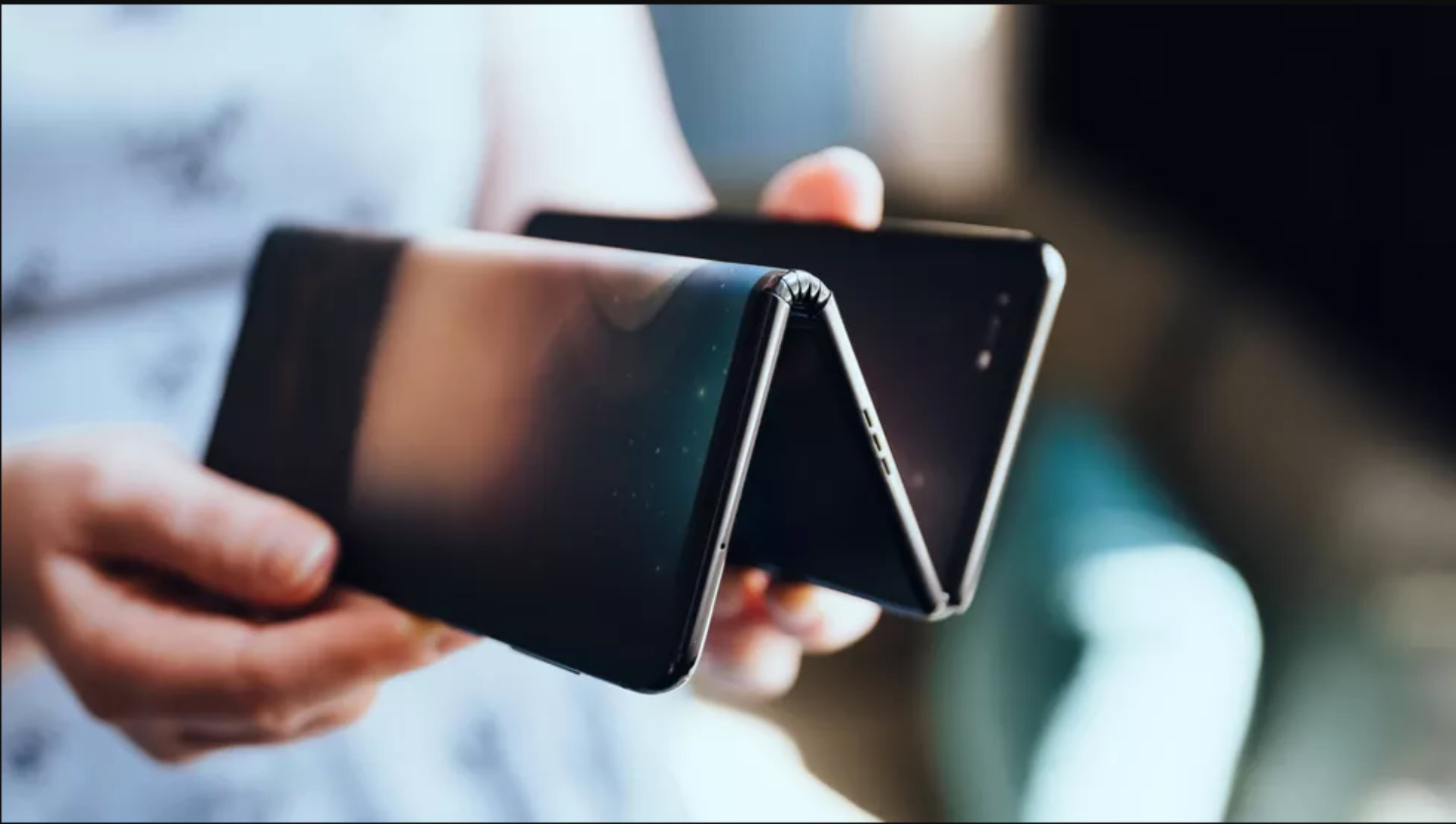
But OnePlus’ early phones also made some small compromises. For instance, there was no expandable storage or Quick Charge 2 support on the OnePlus One, something that phones like the HTC One M8 and Xiaomi Mi Note offered at the time. Subsequently, the OnePlus 2 and OnePlus X missed out on NFC when Android Pay (now Google Pay) was just starting to go mainstream in the US.
OnePlus had made it abundantly clear that it believed in spec curation rather than equipping its phones with every new component in the market. That’s one of the ways it kept prices low.
“Never Settle,” said OnePlus and we couldn’t believe how good we had it.
By the time the OnePlus 3 landed, the phone maker had ironed out most problems of the past. The OnePlus 3 was a well-designed phone equipped with the latest flagship processor (Snapdragon 820), an NFC chip, Dash Charge, USB-C, dual SIM, and the works. For its day, it was the embodiment of OnePlus’ “Never Settle” philosophy.
I and many others like me who used OnePlus phones back then were okay accepting small cutbacks as long as the phones didn’t compromise on performance, software, design, and most of all, price. “Never Settle,” said OnePlus, and we couldn’t believe how good we had it…
Settling in
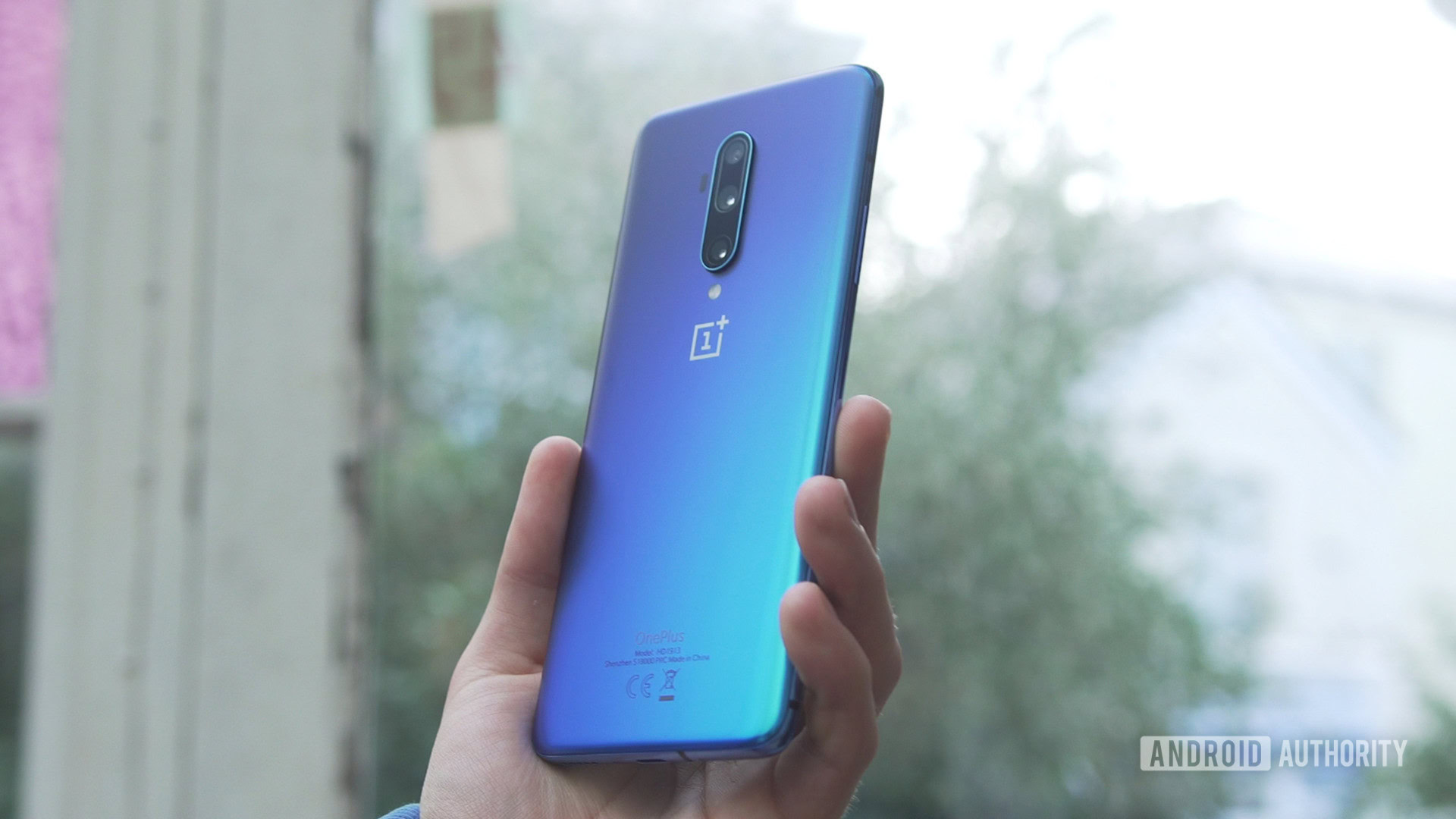
Fast forward to 2020 and OnePlus finds itself in a completely different market. In its bid to go premium with the launch of the “Pro” line in 2019, OnePlus now finds itself competing with the Samsungs and Apples of the world, while also facing an increasing challenge from the affordable sector.
Upcoming Chinese OEMs like realme are yet to gain the brand recognition and fan-following necessary to challenge OnePlus, even with killer devices like the realme X50 Pro 5G. The same can’t be said of Xiaomi, however. Now untethered from its budget-focused sub-brands and buoyed by rapid growth in Europe and beyond, the Beijing firm is already putting pressure on OnePlus in the affordable flagship category with the Xiaomi Mi 10 Pro.
All this pressure comes at a time when OnePlus is trying to redefine its identity as a brand that delivers quality devices first and foremost. As a result, its phones have not only become more premium in terms of the hardware on offer, they are also not the affordable flagship killers they used to be. Even bar the steady price rise, and with the exception of the aforementioned OnePlus 3, every single recent OnePlus phone has “settled” in one way or another.
Related: 5 things I’d change about OnePlus’ OxygenOS Android skin
Take for instance the OnePlus 7 Pro and 7T Pro. The company called them “ultra-premium” flagship phones and they were indeed two of the best phones from last year. However, they lacked expected flagship-level features such as water resistance and wireless charging. Likewise, while the cameras were solid, they were no match for what Google, Samsung, and HUAWEI had to offer. Even the Android 10 rollout was pretty botched up.
Now that we’re hot on the trail of the OnePlus 8 series, what does “Never Settle” really mean for OnePlus moving forward? Is it ready to finally deliver a phone with no compromises at all?
OnePlus 8 and 8 Pro: Interpreting rumors
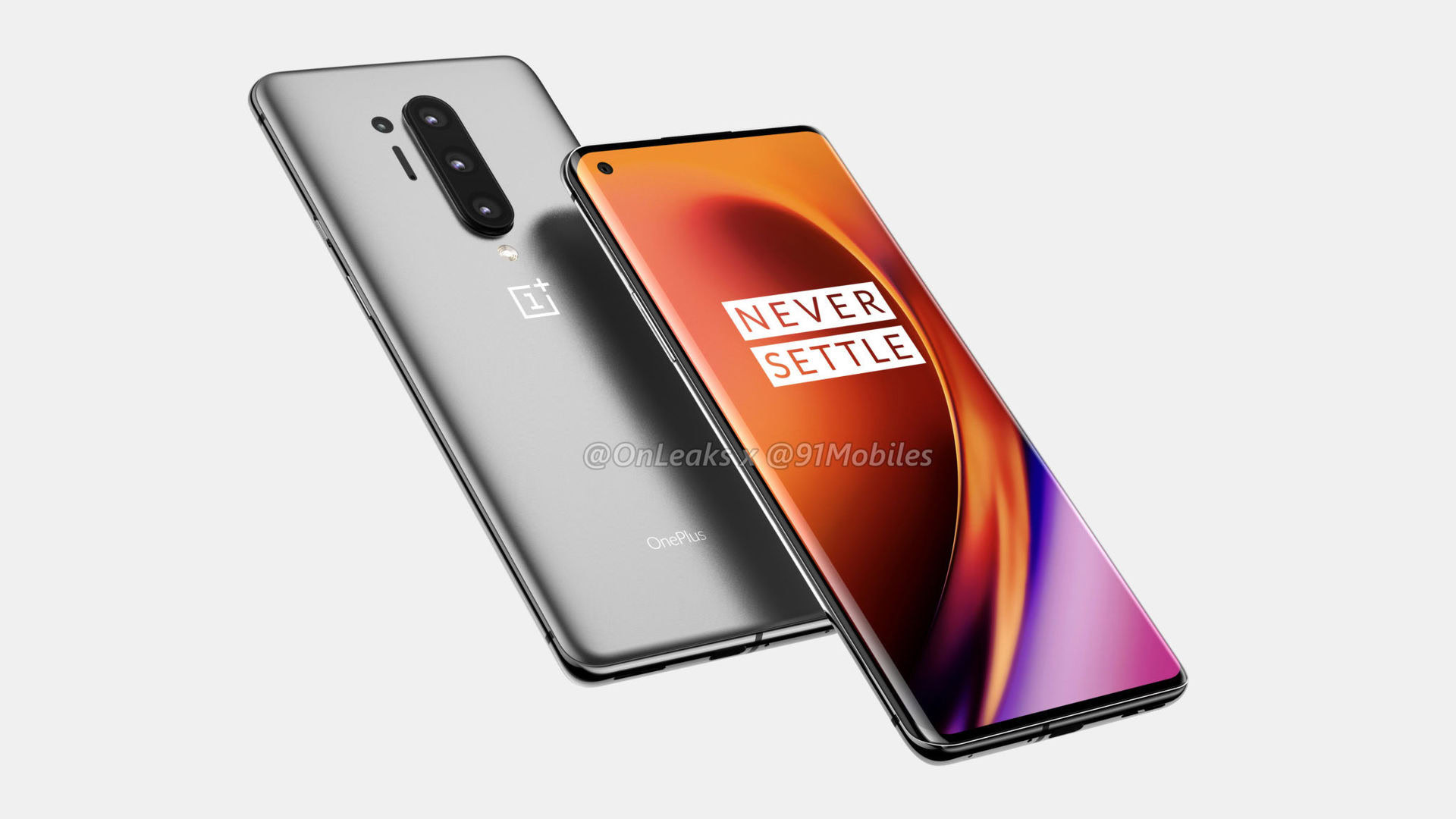
A lot is riding on OnePlus’ new phones, but thankfully the rumors about the OnePlus 8 lineup are nothing but encouraging. To start with, the new phones could finally get an IP rating and wireless charging, two of the most persistently requested features among the OnePlus community.
If you want to call your phone a premium flagship in 2020, it better have wireless charging
OnePlus has time and again argued that getting an IP certification is costly and that the price would inevitably trickle down to the consumer. But not providing the feature in a flagship phone has “settling” written all over it.
Perhaps the only argument OnePlus could make against IP rating its phones is the beautiful, interruption-free display we’ve come to love on the OnePlus 7 Pro. You can’t waterproof a phone with a pop-up camera, at least not yet, which explains why the OnePlus 8 and 8 Pro are expected to sport punch-hole displays. While this will turn off some, the punch-hole is a small price to pay for a long-requested feature that is an accepted standard for pretty much all other elite flagships in 2020.
The other missing ingredient of the flagship formula — wireless charging — is also something OnePlus has neglected for longer than it should have. The tech only went mainstream after Apple introduced it on the 2017 iPhones, but that was also three years ago; plenty of time for OnePlus to catch up.
OnePlus has maintained that because the technology is slower than current wired charging solutions it isn’t worth including. While that may be true, it still doesn’t excuse the absence of the feature from OnePlus phones. Wireless charging has improved enormously over the past year. Heck, most flagships from 2019 had the feature and in my opinion, if you want to call your phone an ultra-premium flagship in 2020, it better have wireless charging.
Thankfully, the OnePlus 8 Pro is tipped to feature 30W wireless charging. My guess is OnePlus’ tech will be the same as Oppo’s 30W wireless VOOC Flash Charge tech since the two companies belong to the same umbrella group — BBK Electronics.
Of course, Xiaomi and other close rivals offered 30W wireless charging last year with the Mi 9 Pro, but better late than never, right?
What more can OnePlus do to further its ‘Never Settle’ mantra?
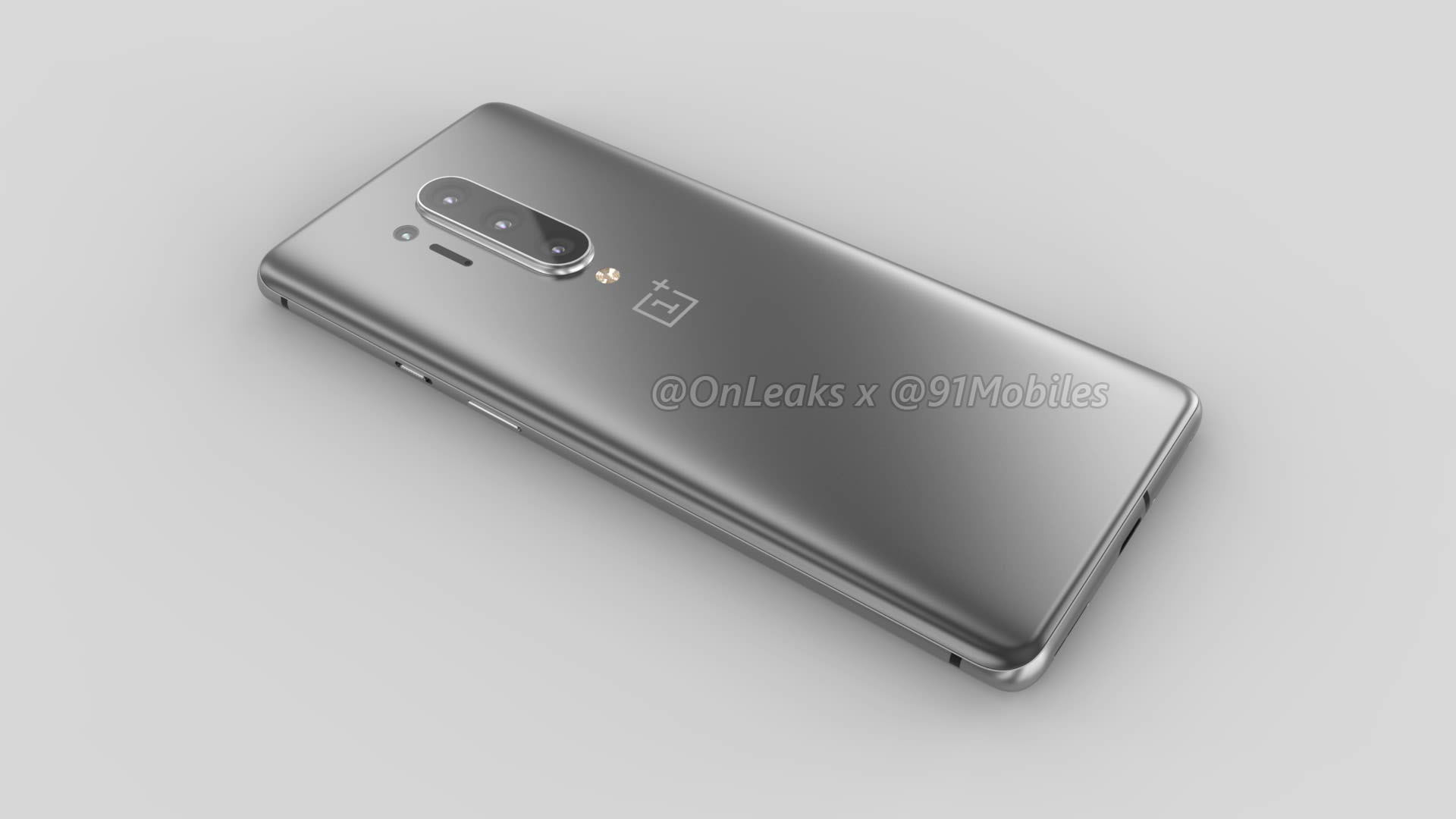
While an IP rating and wireless charging are both welcome, they are far from the only areas in need of improvement if OnePlus wants to truly deliver on its iconic tagline.
One obvious area is the camera. Current OnePlus flagships suffer in areas like low-light photography and zoom technology. They also have smaller issues around skin tones and the edge-detection. However, OnePlus seems to be prioritizing camera improvements this year and I am very much looking forward to those changes.
Related: Photography terms explained: ISO, aperture, shutter speed, and more
There’s also the new 120Hz Fluid display which I am keen to see. Personally, I would have even been okay with a 90Hz or a 60Hz display as long as it meant that I would get Galaxy S20-grade cameras. However, in the spirit of not settling, a 120Hz display could deliver that extra punch to the OnePlus 8 series.
We also know that OnePlus is going all-in on 5G this year. With the Snapdragon 865 on board, that is understandable and there’s nothing wrong in being one of the early adopters of the technology.
New features, but at what cost?
The big question is: what will be the ultimate cost of all these upgrades?
In the US, last year’s top-of-the-line OnePlus 7T Pro McLaren Edition cost a whopping $899. That’s not a price OnePlus customers are used to paying at all. But on the other hand, many premium flagships this year are already retailing at $1,000 or above.
Even if the regular OnePlus 8 comes in at just under $700, with all the expected improvements and features it could easily stand against the $1,000 flagship standard and the rising threat of Xiaomi’s flagship killers.
This is not the year for OnePlus to overpromise and underdeliver
Of course, we’re talking about an ideal situation, and that’s far from the current reality. The supply chain disruption caused by the coronavirus pandemic and the ever-increasing taxes and duties in some regions could also cause problems for OnePlus’ future slate.
Here’s hoping the company has taken the necessary steps to counter these problems because this is not the year for it to overpromise and underdeliver. Not again.